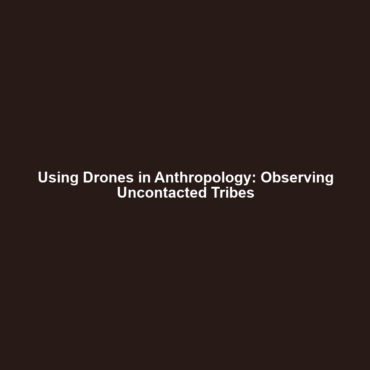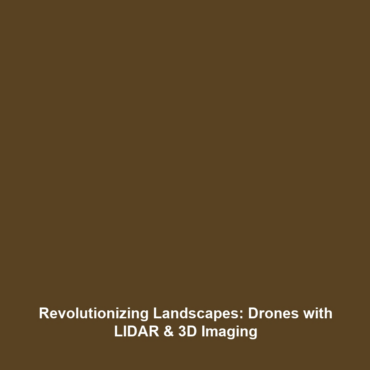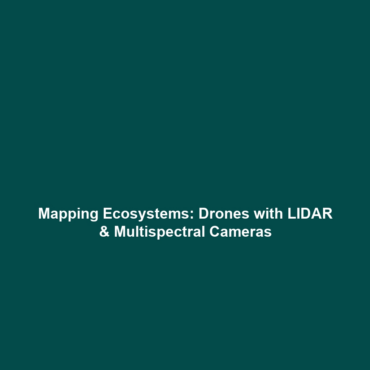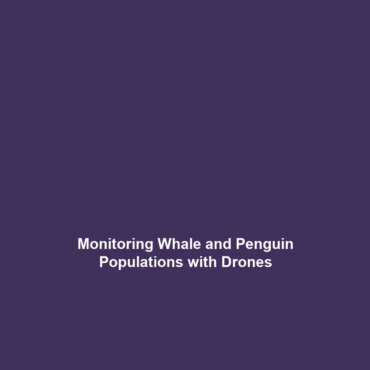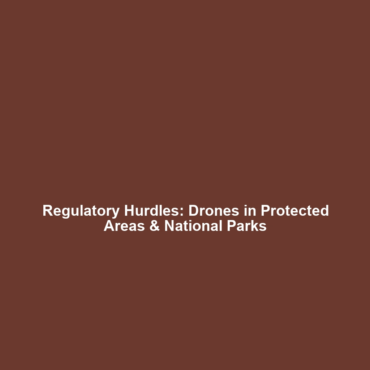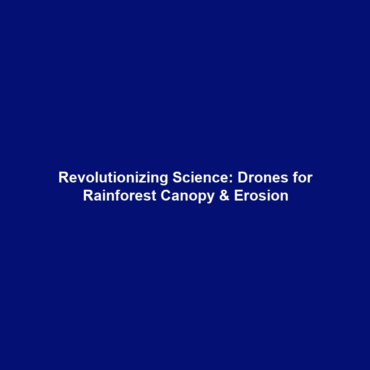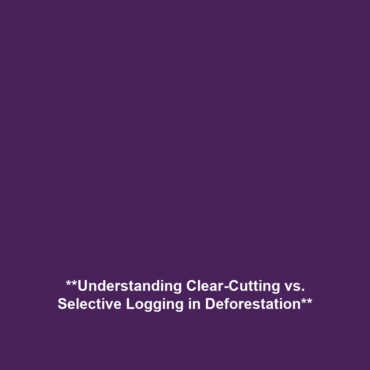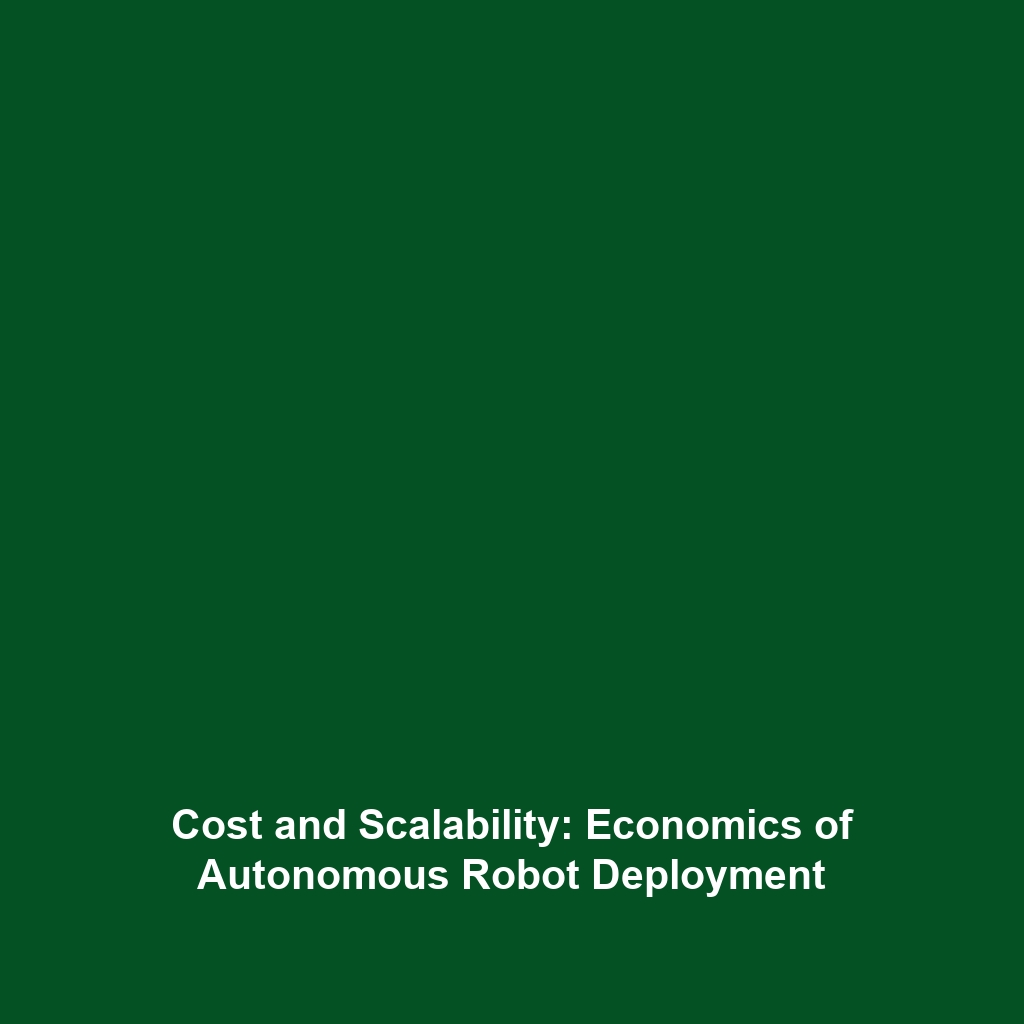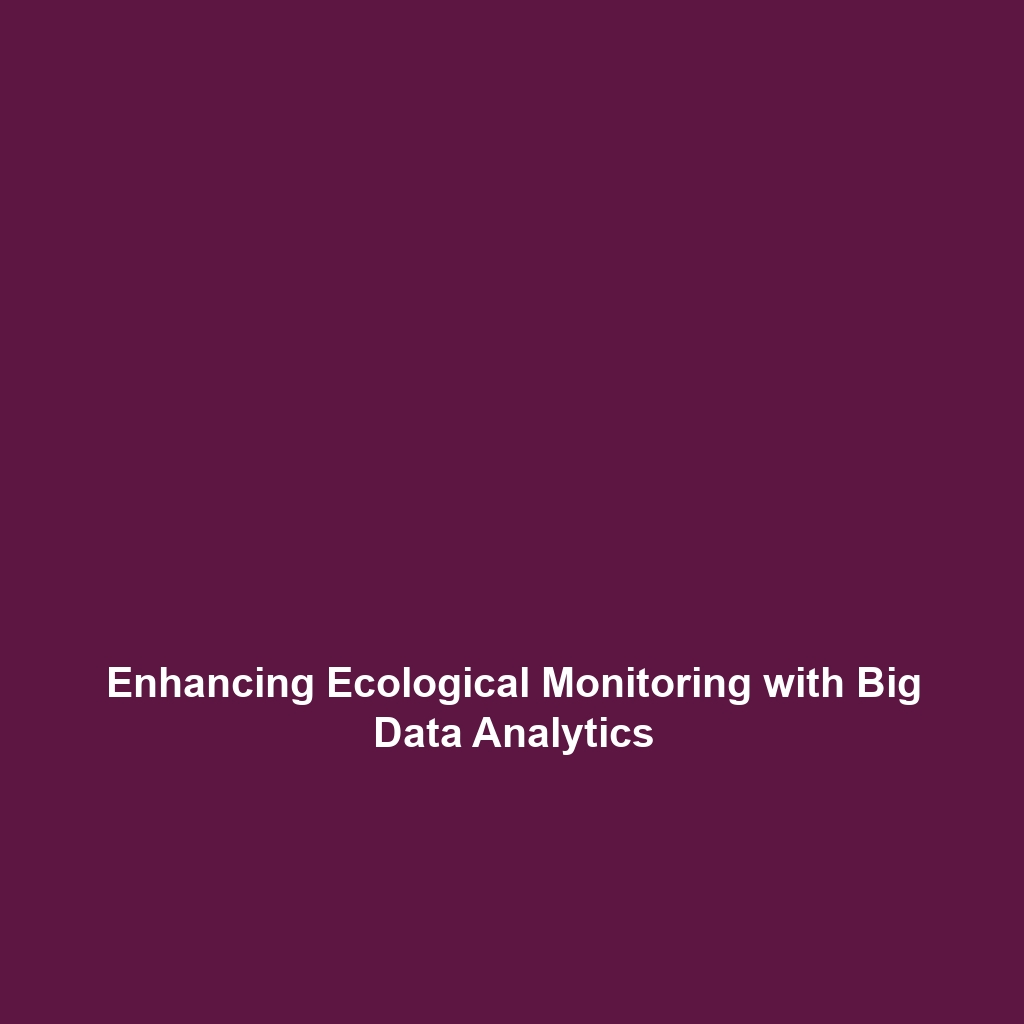The Use of Drones in Anthropology to Observe Remote or Uncontacted Tribes
In recent years, the application of drones in science has gained momentum, particularly in the field of anthropology. Drones offer researchers an innovative approach to monitor and explore remote or uncontacted tribes without intruding on their habitats. This method not only ensures the safety of both researchers and tribes but also preserves the integrity of diverse cultures. This article delves into the significant role drones play in anthropology, examining their uses, challenges, and future prospects.
Key Concepts
Understanding the use of drones in anthropology requires familiarity with several key concepts:
- Remote Sensing: Drones equipped with cameras and sensors can gather valuable data and images from elevated positions, providing aerial perspectives that are otherwise inaccessible.
- Ethical Considerations: The use of drones raises important ethical questions regarding the privacy and consent of uncontacted tribes. Balancing the need for research with respect for tribal autonomy is crucial.
- Ecological Monitoring: Drones facilitate the observation of environmental changes in tribal areas, aiding anthropologists in understanding how indigenous cultures interact with their surroundings.
Applications and Real-World Uses
The real-world applications of drones in anthropology are diverse and impactful. Here are some noteworthy examples:
- Surveillance of Habitats: Drones help monitor the geography and resources of uncontacted tribes’ environments, allowing researchers to assess their ecological footprints and resource usage.
- Documenting Cultural Practices: Researchers utilize drones to capture footage of rituals and daily activities from a safe distance, which aids in cultural documentation without risking contact.
- Mapping and Cartography: Drones are used to create detailed maps of remote areas, helping to locate tribes and monitor changes over time.
These applications demonstrate how drones in science enhance our ability to study and protect remote or uncontacted tribes.
Current Challenges
Despite the advantages, several challenges exist in employing drones for anthropological studies:
- Legal Restrictions: Many countries have stringent laws regulating drone usage, which can hinder research efforts.
- Technological Limitations: Weather conditions and battery life can affect drones’ operational capabilities, limiting prolonged observations.
- Ethical Dilemmas: The potential to infringe on the privacy of uncontacted tribes raises significant ethical concerns that must be navigated carefully.
Future Research and Innovations
The future of using drones in anthropology is promising, with the potential for groundbreaking research and innovations:
- Advanced Imaging Technologies: Next-generation drones may incorporate thermal imaging and LiDAR technology to enhance data collection capabilities.
- AI Integration: Artificial intelligence could play a role in analyzing data collected by drones, enhancing research efficiency and depth.
- Collaborative Tools: New platforms for collaboration among anthropologists and technology developers can lead to better-designed drones tailored for anthropological research.
Conclusion
The use of drones in anthropology to observe remote or uncontacted tribes highlights the intersection of technology and social sciences, promoting safe and respectful research practices. As advancements continue to unfold, it is crucial for researchers to adopt ethical frameworks while leveraging drone technology. To explore more on the impact of drones in other scientific fields, consider reading about drones in environmental science or innovations in drone technology.
